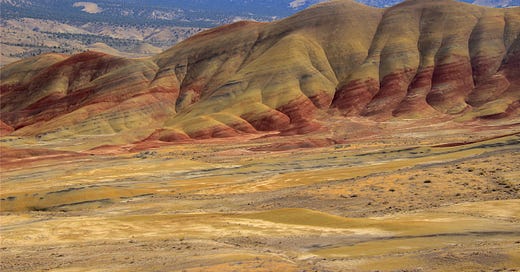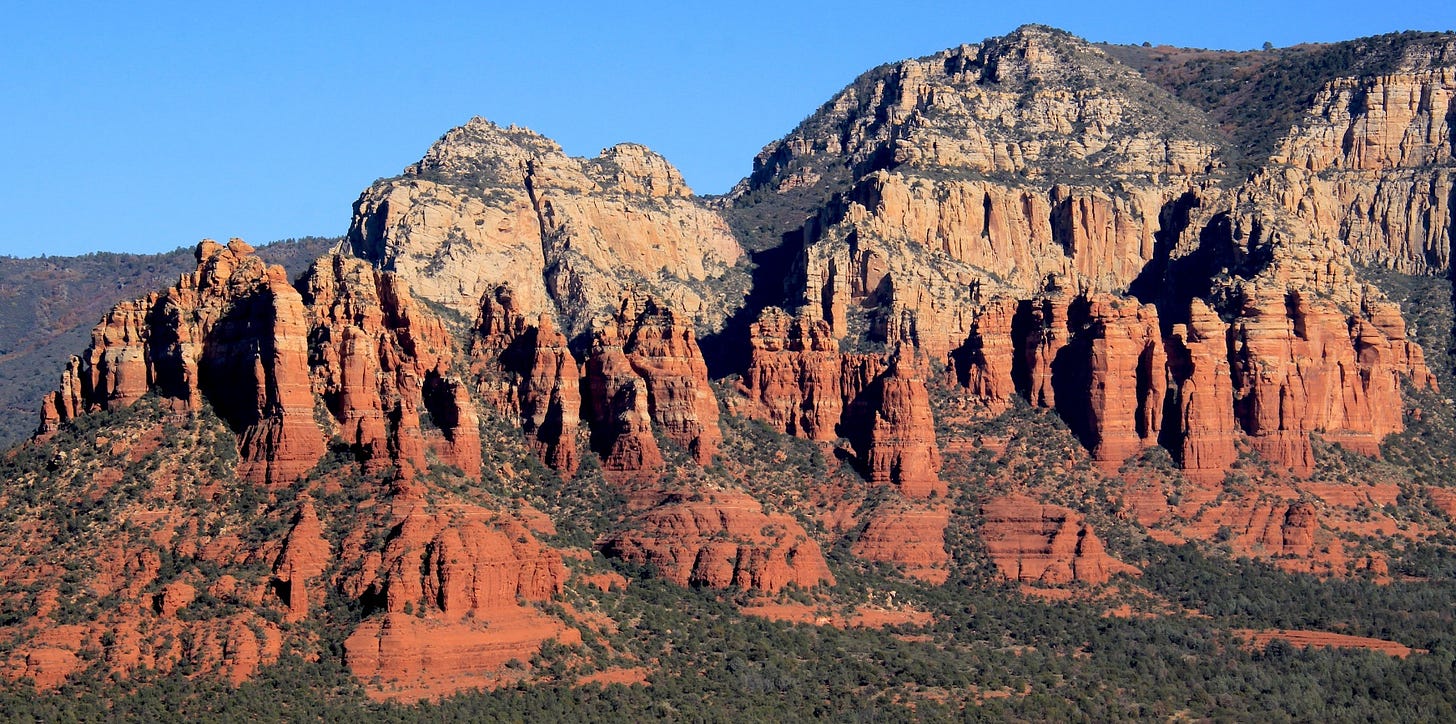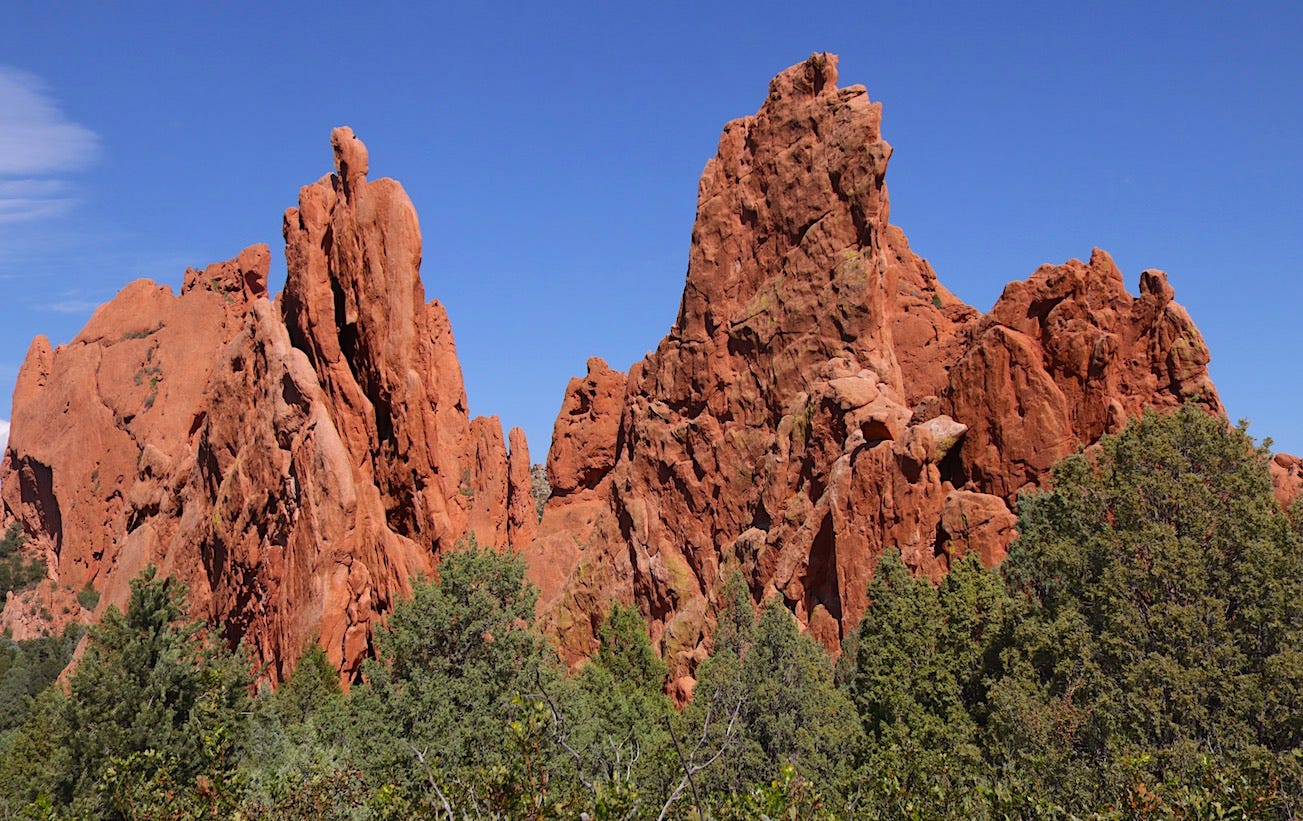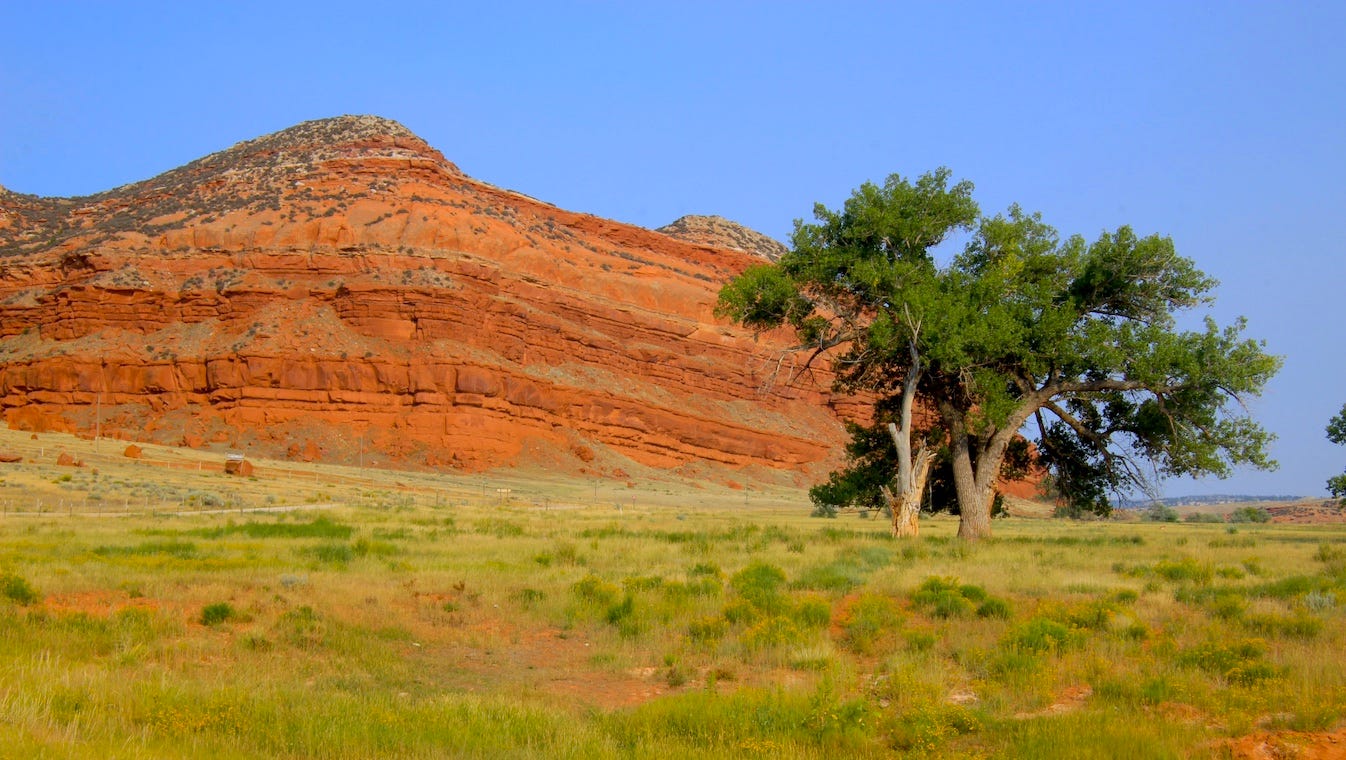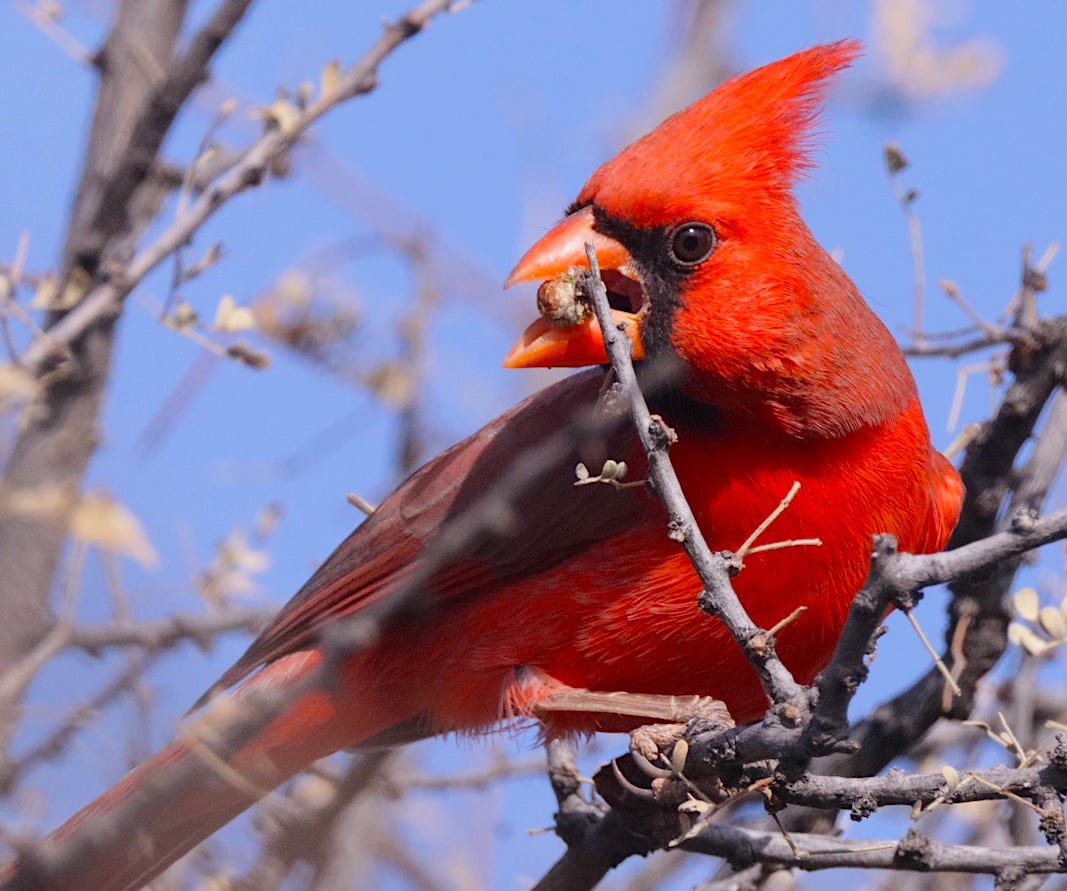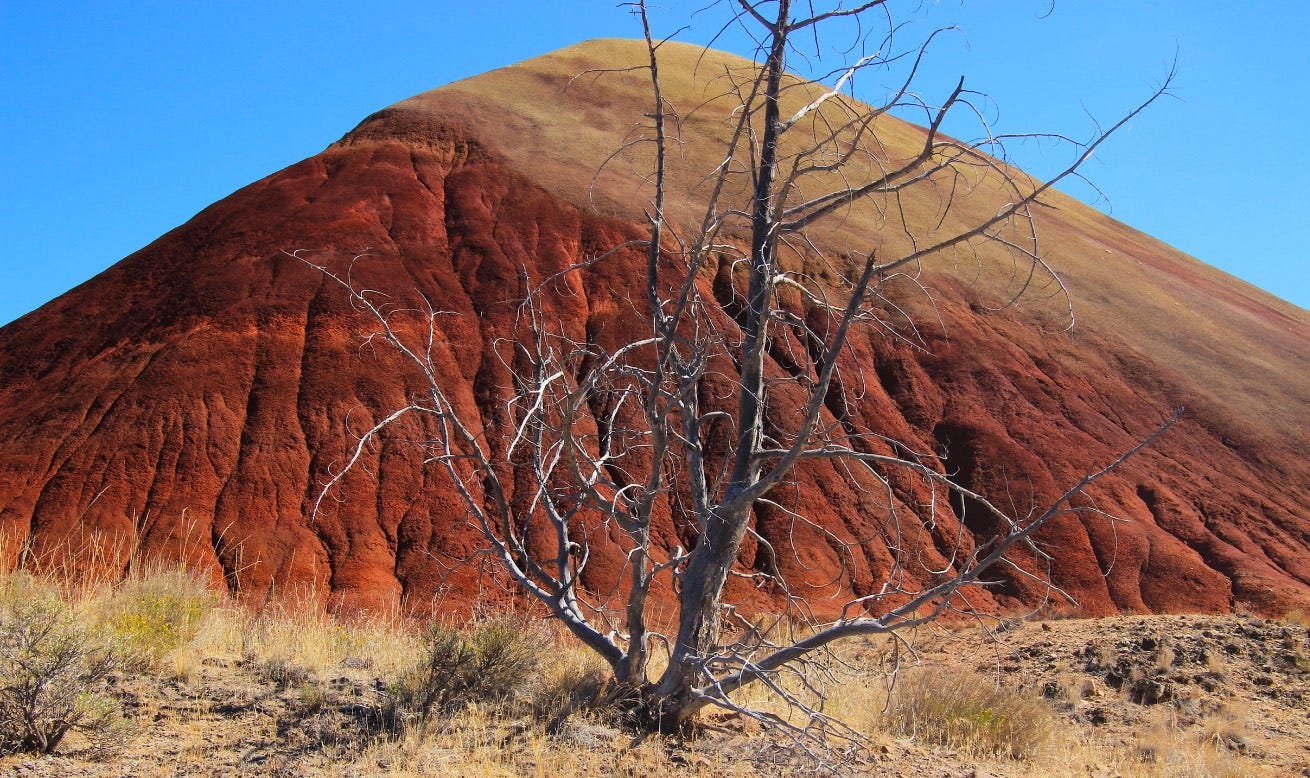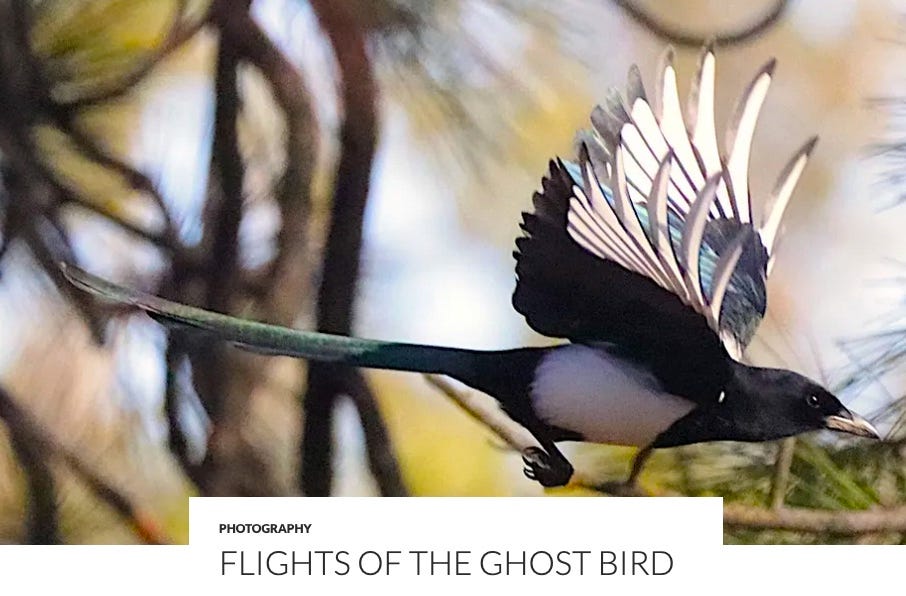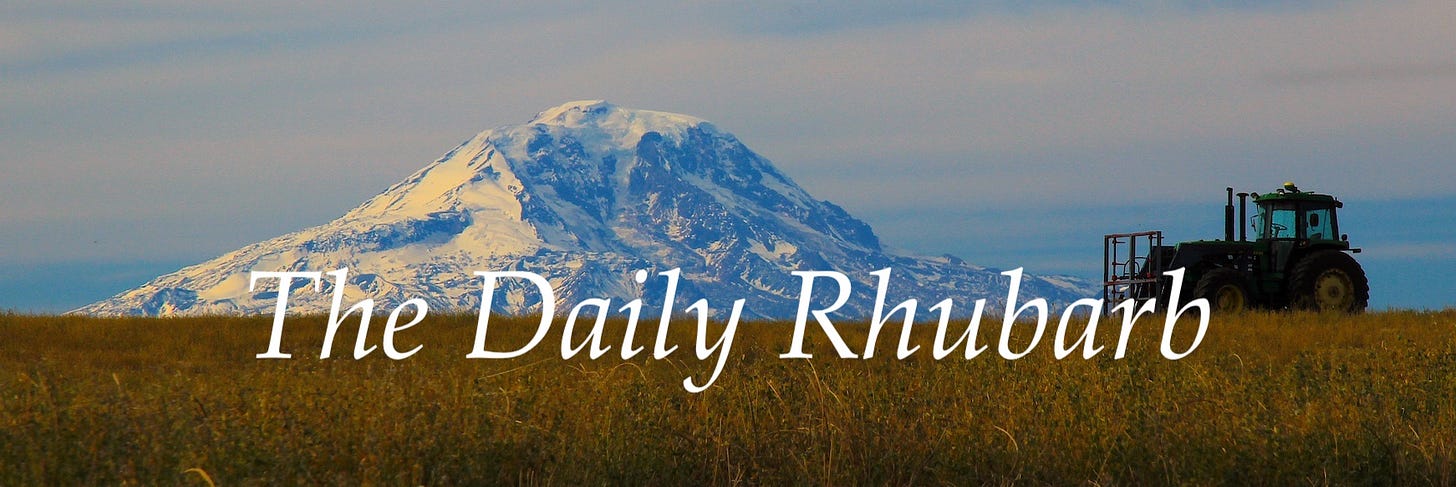Streaks of scarlet “paleosoils” at the Painted Hills unit of the John Day Fossil beds in central Oregon. Photographed in September 2021
Addressing a scarlet deficiency
Purely in the realm of aesthetics, there’s plenty of awe and wonder in the landscapes of the Pacific Northwest. My mother’s mother, Lois, would often remind me that she enjoyed leaving the relative flatness of Franklin County for the rolling hills of the Palouse, because it brought to mind what she’d read about the terrain of the holy land. It gave her great comfort.
The Palouse has green and golds and browns and an especially surreal presence when the dune-shaped hills are covered with a winter blanket of snow. If you’re not ready for it, coming to the crest one of eastern Washington’s folded basalt ridges to see Mount Rainier, Mt. Adams or the northern Cascades in the distance can jolt the senses, in a good way.
Except for the electric sunsets, what’s missing is red. So much so that, in winter, it lifts my spirits to see the bare, cranberry-colored limbs of red osier dogwoods, usually stream side to the ephemeral streams that eventually feed into the Columbia. So far as I know, the nearest venue to get a real eyeful of red rock is the Painted Hills unit of the John Day Fossil beds in central Oregon, where deep red “paleosoils” (the remnant from volcanic events that preceded the regional basalt floes, some 16 million years ago) streak the hills. From Spokane, driving southward thru small Oregon towns like Condon, Dufur and Fossil, Antelope, and Mitchell it takes most of a day to get there. Well worth it though.
Much further south and east are the brilliantly oxidized soils of central Wyoming and the Colorado plateau, including Sedona, Arizona, the capital of crimson that my friends Willy and Ana Nowotny introduced me to a few years ago. I’ll let my photos do the talking from there, and in between.
Pilars of exposed Schnebly Hill sandstone in the Munds Mountain wilderness area just outside Sedona, Arizona, photographed in October 2021
Dramatically uplifted pilars of Fountain sandstone (~300 million years old) at the Garden of the Gods natural area at Colorado Springs. (October 2023)
Massive Chugwater sandstone exposure near Barnum, Wyoming, not far from Butch Cassiday and the Sundance Kid’s hideaway at Hole in the Wall
A red bird for red rocks—a northern Cardinal gleaning dried berries at Red Rock State Park west of Sedona, December 2024
“Red Hill” (2021) at the Painted Hills unit of the John Day Fossil beds, about forty miles east of Madras, Oregon
To continue viewing today’s post, please become an annual subscriber to The Daily Rhubarb at the link above and/or tell your best friends :) tc
p.s. Visit the Magpie photo gallery (for free) at this link to the Rhubarb Skies website


